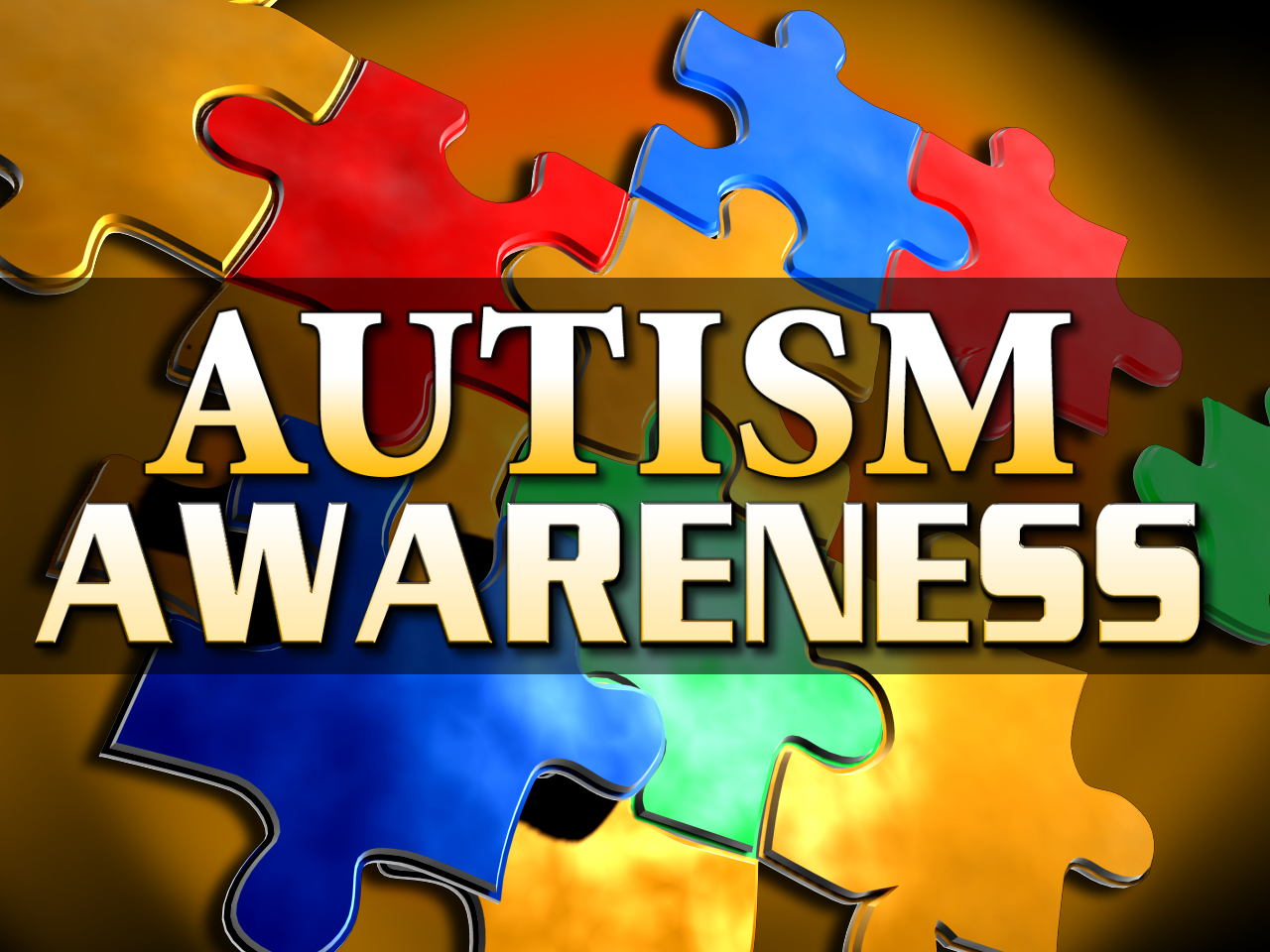|
Facilitating Communication in Nonverbal Students with Autism What is Autism?
|

http://fourstateshomepage.com/
|
 http://fourstateshomepage.com/ |
Links: |
What is Autism? According to the Autism Society Of America (ASA): "Autism is a complex developmental disability that typically appears during the first three years of life and is the result of a neurological disorder that affects the normal functioning of the brain, impacting development in the areas of social interaction and communication skills. Both children and adults with autism typically show difficulties in verbal and non-verbal communication, social interactions, and leisure or play activities. Autism is one of five disorders that falls under the umbrella of Pervasive Developmental Disorders (PDD), a category of neurological disorders characterized by 'severe and pervasive impairment in several areas of development.'" ---------------------------------------------------------------- According to the DSM IV (the manual with which a mental health professional will diagnose your child), the definition of Autism is as follows: 299.00 Autistic Disorder An autism screening tool must meet all three primary areas defined by the DSM-IV description for autistic disorder (#'s 1-3 under A below) to qualify for a positive rating from First Signs: A. A total of six (or more) items from (1), (2), and (3), with at least two from (1), and one each from (2) and (3): (1) qualitative impairment in social interaction, as manifested by at least two of the following: (a) marked impairment in the use of multiple nonverbal behaviors, such as eye-to-eye gaze, facial expression, body postures, and gestures to regulate social interaction (b) failure to develop peer relationships appropriate to developmental level (c) a lack of spontaneous seeking to share enjoyment, interests, or achievements with other people (e.g., by a lack of showing, bringing, or pointing out objects of interest) (d) lack of social or emotional reciprocity (2) qualitative impairments in communication, as manifested by at least one of the following: (a) delay in, or total lack of, the development of spoken language (not accompanied by an attempt to compensate through alternative modes of communication such as gesture or mime) (b) in individuals with adequate speech, marked impairment in the ability to initiate or sustain a conversation with others (c) stereotyped and repetitive use of language or idiosyncratic language (d) lack of varied, spontaneous make-believe play or social imitative play appropriate to developmental level (3) restricted, repetitive, and stereotyped patterns of behavior, interests, and activities as manifested by at least one of the following: (a) encompassing preoccupation with one or more stereotyped and restricted patterns of interest that is abnormal either in intensity or focus (b) apparently inflexible adherence to specific, nonfunctional routines or rituals (c) stereotyped and repetitive motor mannerisms (e.g., hand or finger flapping or twisting or complex whole-body movements) (d) persistent precoccupation with parts of objects B. Delays or abnormal functioning in at least one of the following areas, with onset prior to age 3 years: (1) social interaction, (2) language as used in social communication, or (3) symbolic or imaginative play. C. The disturbance is not better accounted for by Rett's disorder or childhood disintegrative disorder. *It should be noted that Autism and Asperger's criteria for diagnosis will be changing with the 2012 release of the DSM V Manual. Please check the American Psychiatric Association link to the left for updates on the development of the DSM V. You can also access the current version of the DSM (DSM IV) as well as the DSM in other languages on this website. ---------------------------------------------------- The firstsigns.org link to the left is a helpful website for parents that may be concerned about Autism and their child. If you click on this link you will be lead to a page on the firstsigns site that lists the DSM IV criteria for: 299.00 Autistic Disorder 299.80 Pervasive Developmental Disorder, Not Otherwise Specified 299.80 Asperger's Disorder 299.80 Rett's Disorder 299.10 Childhood Disintegrative Disorder If you click on the "ASD Video Gallery" link on the top of the firstsigns site, you will find helpful videos of children diagnosed with Autism Spectrum Disorder throughout their development (from very early red flags to early childhood). These videos are free of charge and designed to help parents and professionals learn more about early red flags in development. Also on this site is a list of developmental milestones to look for in your child. The link to the left entitled, "Developmental Milestones" will take you to the page on the site. ---------------------------------------------------- If you think your child may have Autism, speak to your doctor. While it is very scary to discover that your child may have special needs, it is even scarier to be in the dark, not knowing what to expect, who to talk to about it, and where to get help for your child. Assessment, respite, family support and early intervention is accessible and free through your local Regional Center (for the Bay Area there are several: Regional Center of the East Bay, Golden Gate Regional Center, San Andreas Regional Center). Please see the Golden Gate Regional Center link to your left to find out more about their services. ---------------------------------------------------- For general support and information from other families affected by Autism, go to the "Autism Society of America" and "Child-Autism-Parent Cafe" links to the left. ---------------------------------------------------- For a brief overview of current interventions for children with Autism, click on the "Interventions" link to learn more about how professionals help you to help your child. ---------------------------------------------------- |